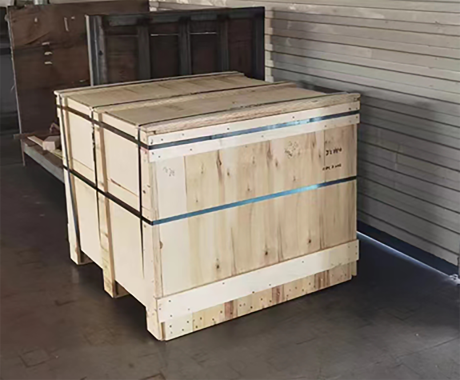

The Rise of Clear Float Glass in China Trends and Innovations
Clear float glass, known for its exceptional clarity and versatility, has emerged as a pivotal material in various industries, including construction, automotive, and interior design. China's clear float glass market has witnessed significant growth in recent years, driven by rapid urban development, increased demand for energy-efficient buildings, and innovations in manufacturing processes. This article explores the current trends and advancements in the production of clear float glass in China, highlighting its importance in contemporary architecture and design.
Understanding Clear Float Glass
Clear float glass is produced by a process that involves floating molten glass on top of molten tin. This method ensures a uniform thickness and a smooth, clear surface, making it ideal for a variety of applications. With its outstanding optical clarity, low distortion, and smooth finishing, this type of glass is favored in applications such as windows, doors, facades, and decorative elements.
Market Growth in China
China's clear float glass market has expanded due to a variety of factors, including urbanization, rising standards of living, and increased focus on energy-efficient buildings. According to industry reports, the demand for float glass is expected to continue growing, with projections indicating a compound annual growth rate (CAGR) of over 5% in the coming years. This growth is fueled by government initiatives encouraging sustainable building practices and the adoption of green technologies.
The construction sector in China is a primary driver of this growth, with increasing investments in infrastructure, residential, and commercial projects. The demand for clear float glass in high-rise buildings, which are common in urban areas, is particularly strong due to its ability to maximize natural light and enhance aesthetic appeal.
Technological Advancements

Chinese manufacturers are increasingly investing in advanced technologies to improve the production quality and efficiency of clear float glass. Innovations such as automated manufacturing processes, energy-efficient furnaces, and real-time quality control systems have bolstered production capabilities. These technological advancements not only enhance the quality of the glass but also reduce waste and energy consumption during the manufacturing process.
Moreover, the introduction of digital tools for design and customization has allowed architects and builders to create more intricate glass installations, pushing the boundaries of modern architecture. Custom sizes, thicknesses, and coatings can now be produced to meet specific project requirements, reinforcing clear float glass's adaptability and appeal.
Sustainability and Environmental Considerations
As concerns about environmental sustainability grow, the clear float glass industry in China is also making strides toward more eco-friendly practices. Many manufacturers are adopting recycling initiatives, utilizing post-consumer glass to produce new float glass. Additionally, advancements in energy-efficient manufacturing processes have resulted in lower carbon emissions.
The push for sustainable architecture has led to increased demand for low-emissivity (Low-E) glass, which reflects heat while allowing natural light to pass through. This type of glass is popular for energy-efficient buildings, reducing heating and cooling costs, and contributing to overall energy conservation.
Conclusion
The clear float glass industry in China is poised for continued growth, driven by urbanization, technological advancements, and a commitment to sustainability. With its unmatched clarity and versatility, clear float glass remains a crucial material for the construction and design sectors. As manufacturers innovate and adapt to the changing market landscape, clear float glass will undoubtedly play a prominent role in shaping the future of architecture and interior design in China and beyond. The intersection of aesthetics and functionality in clear float glass continues to redefine spaces, offering limitless possibilities for creativity and efficiency.